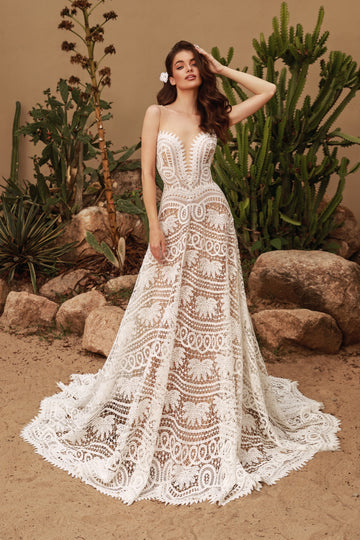Understanding Color Theory in Makeup for Diverse Complexions
Understanding Color Theory in Makeup for Diverse Complexions
Color theory is an essential aspect of makeup artistry, particularly when it comes to catering to diverse skin tones. In this article, we will delve into the significance of color theory in makeup application, focusing specifically on how it can enhance and beautify various complexions. From understanding undertones to choosing the right shades of foundation, eyeshadow, and lipstick, this guide will provide you with the knowledge needed to create stunning looks for all.
What is Color Theory?
Color theory is a set of principles that explain how colors interact with each other and the visual effects they have on the human eye. This theory helps makeup artists choose the right colors for different applications, including foundation, blush, eyeshadow, and lip colors, especially for individuals with diverse complexions.
The Basics of Skin Undertones
One critical aspect of color theory in makeup is understanding skin undertones. There are three main types of undertones:
- Warm Undertones: Characterized by a yellow, golden, or peachy hue. Those with warm undertones often look best in gold jewelry and shades like coral, peach, and warm reds.
- Cool Undertones: Exhibiting pink, red, or blue hues. Cool undertone individuals usually prefer silver jewelry and makeup shades like berry, pink, and blue-based reds.
- Neutral Undertones: A balance of warm and cool tones, allowing for versatility in color choices. Those with neutral undertones can wear both gold and silver jewelry, as well as a wide variety of colors.
Makeup Application for Diverse Complexions
Now that we understand skin undertones, let’s dive into how to apply color theory principles across different makeup products.
Foundation Selection
Choosing the right foundation is crucial for achieving a flawless makeup look. Here are some tips:
| Undertones | Recommended Shades |
| Warm | Golden beige, honey, caramel |
| Cool | Ivory, rose, cool beige |
| Neutral | Sand, medium beige, soft tan |
Make sure to test the foundation on your jawline in natural light to find the perfect match. Remember, the right foundation not only evens out skin tone but also enhances your overall appearance.
Blush Application for Various Complexions
When it comes to blush, the right shade can brighten your complexion and add dimension to your face. Here are some suggestions:
- Warm Undertones: Opt for peachy or coral shades.
- Cool Undertones: Choose cool pinks or berry shades.
- Neutral Undertones: Try mauve or soft rose shades.
Eyeshadow Choices
Eyeshadow colors can dramatically influence your eye makeup looks. Choosing shades that match or contrast with your eye color while considering your skin tone will elevate your makeup game:

- Warm Undertones: Earthy tones like copper, bronze, and warm browns work well.
- Cool Undertones: Go for jewel tones like emeralds, blues, and purples.
- Neutral Undertones: Versatile shades such as taupe, champagne, and dusty pink suit this category.
Lip Colors to Enhance Diverse Complexions
Lips can be a focal point of the face, so selecting the right lip color is essential. Here’s the breakdown:
| Undertones | Recommended Lip Shades |
| Warm | Coral, warm reds, and peachy nudes |
| Cool | Berry, classic reds, and pinks |
| Neutral | Soft pinks and taupe shades |
Tips for Applying Makeup for Diverse Complexions
Applying makeup to enhance diverse complexions involves not only the right products but also techniques that suit each individual:
- Always prep the skin: Use a primer that complements your foundation choice to create a smooth canvas.
- Use layering techniques: Build up color gradually, especially when using bold pigments.
- Blending is key: Ensure that different makeup layers are blended seamlessly for a natural look.
- Experiment: Don’t be afraid to mix colors to create custom shades that suit your unique complexion.
Conclusion: Embracing Diversity with Color Theory
Understanding color theory in makeup for diverse complexions is a powerful tool for enhancing beauty. By recognizing the significance of undertones and applying the right shades across various makeup categories, you can achieve stunning results that cater to everyone. Always remember, makeup should celebrate individuality and promote confidence, so take the time to learn and practice these principles.
In summary, keep in mind the following key points:
- Identify your skin's undertone.
- Choose makeup products that suit your complexion.
- Experiment with colors to find what works best for you.
- Practice blending and layering techniques for a flawless finish.
With these tips and insights, you are now equipped to utilize color theory effectively in makeup artistry, catering to the beauty of every complexion. Embrace the diversity in beauty and let your creativity shine!
